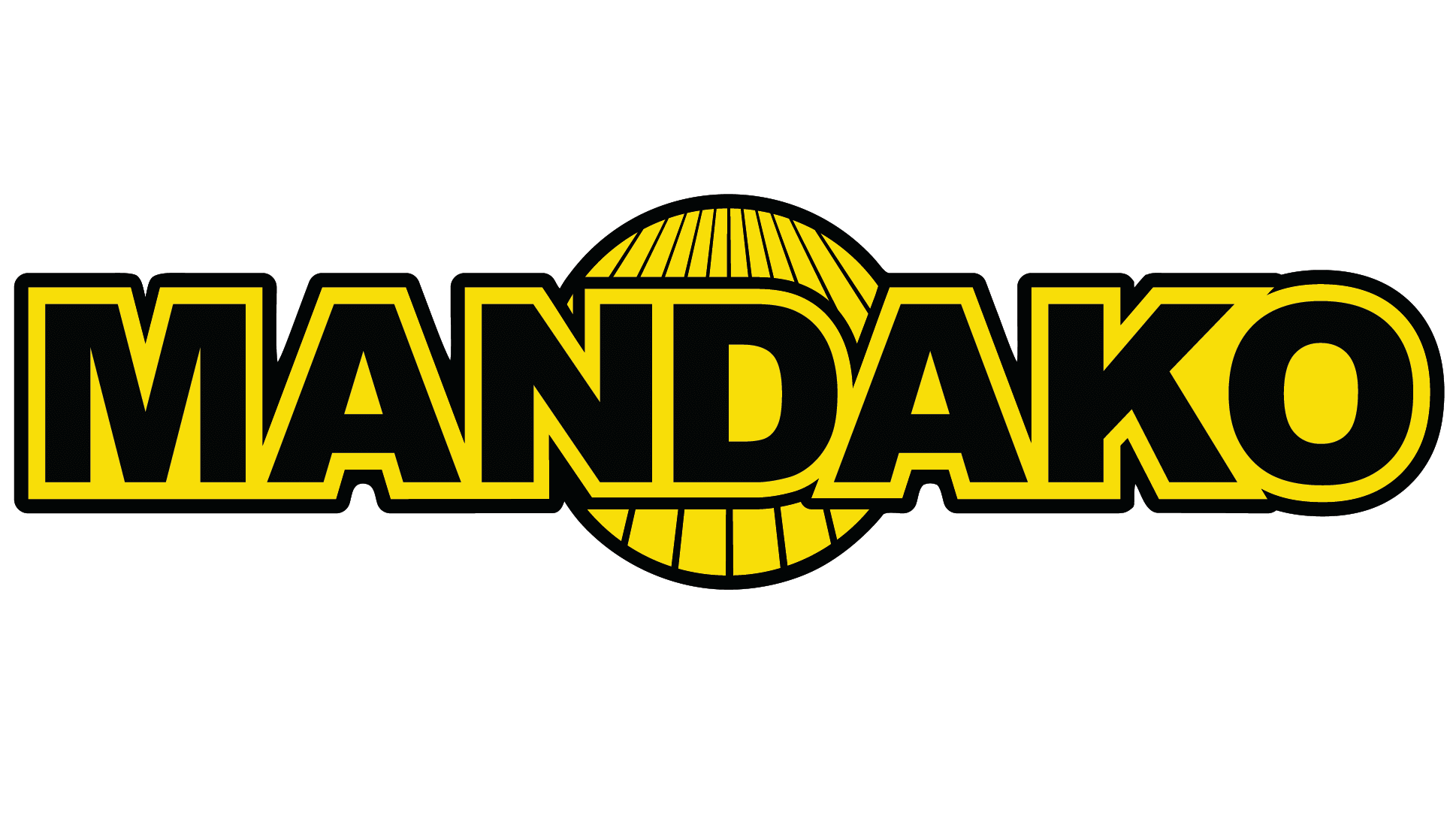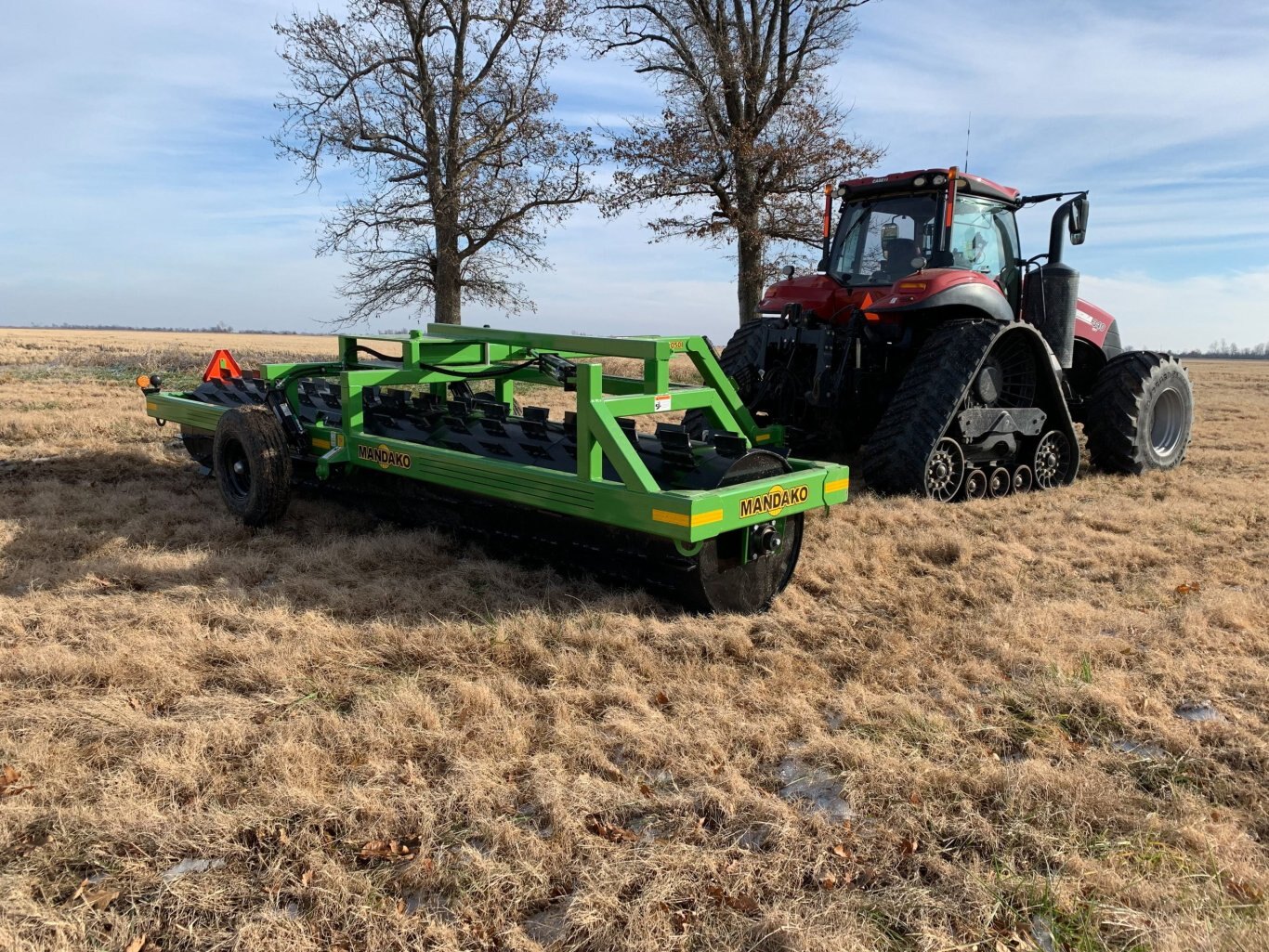
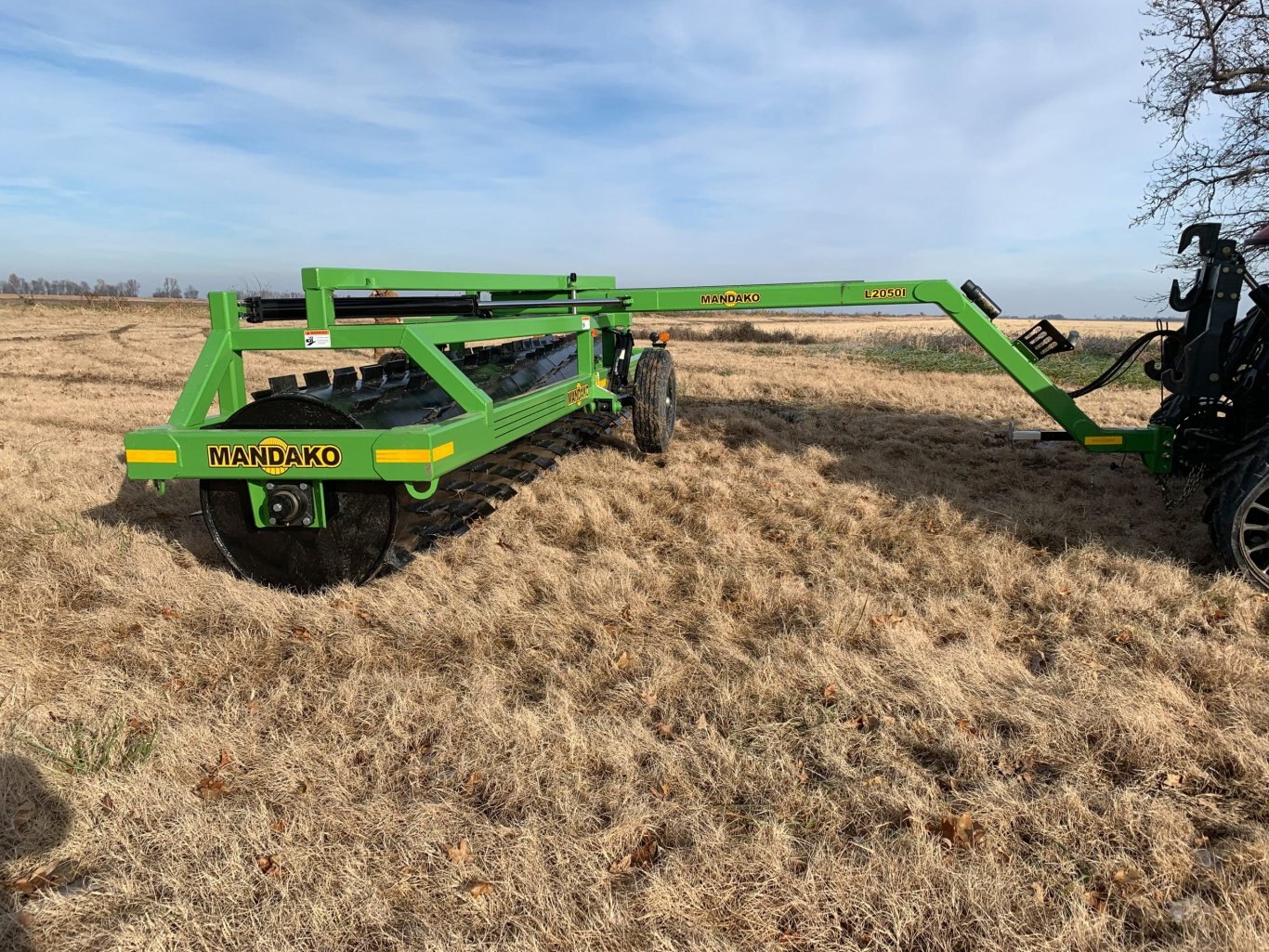

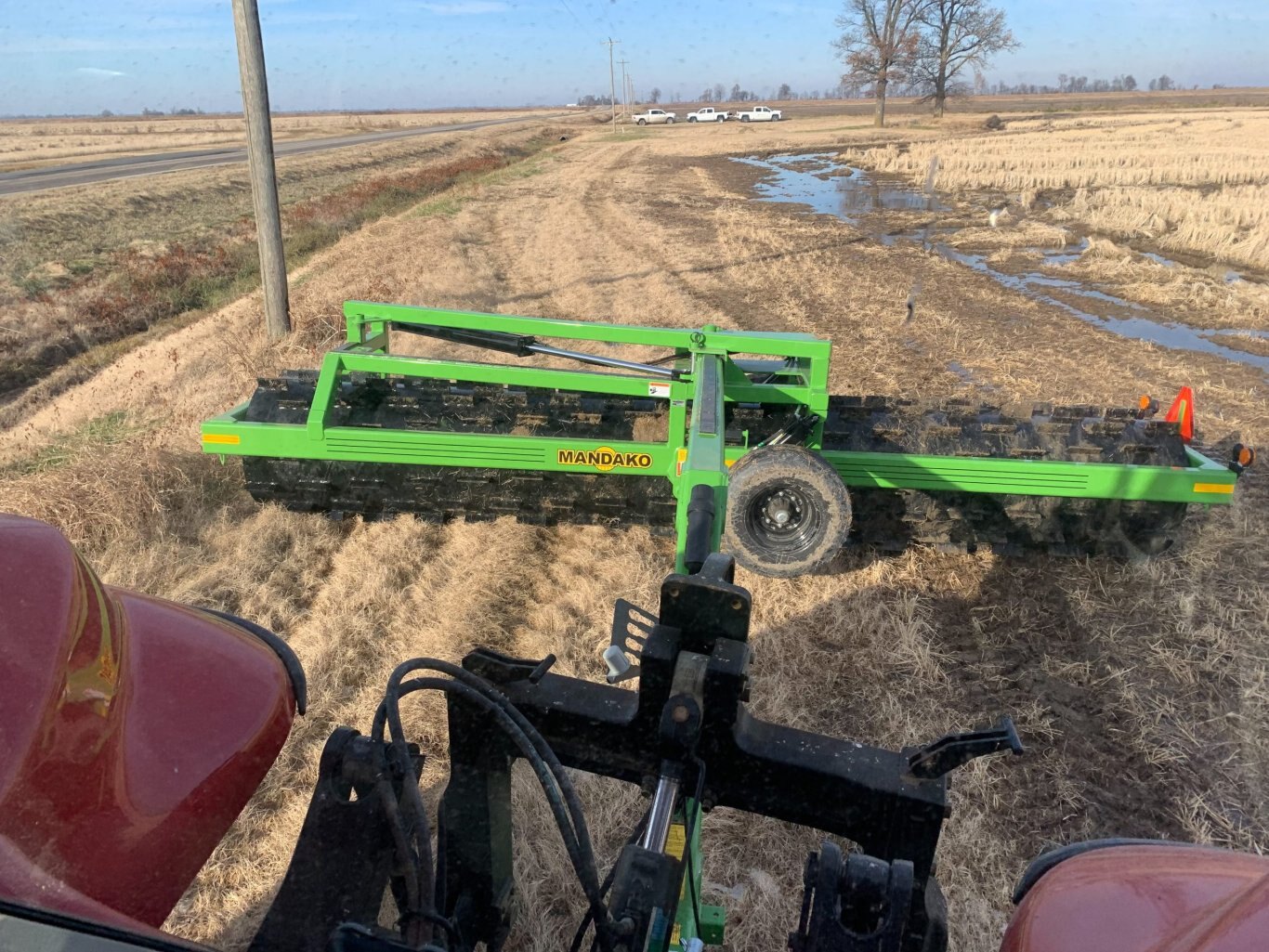
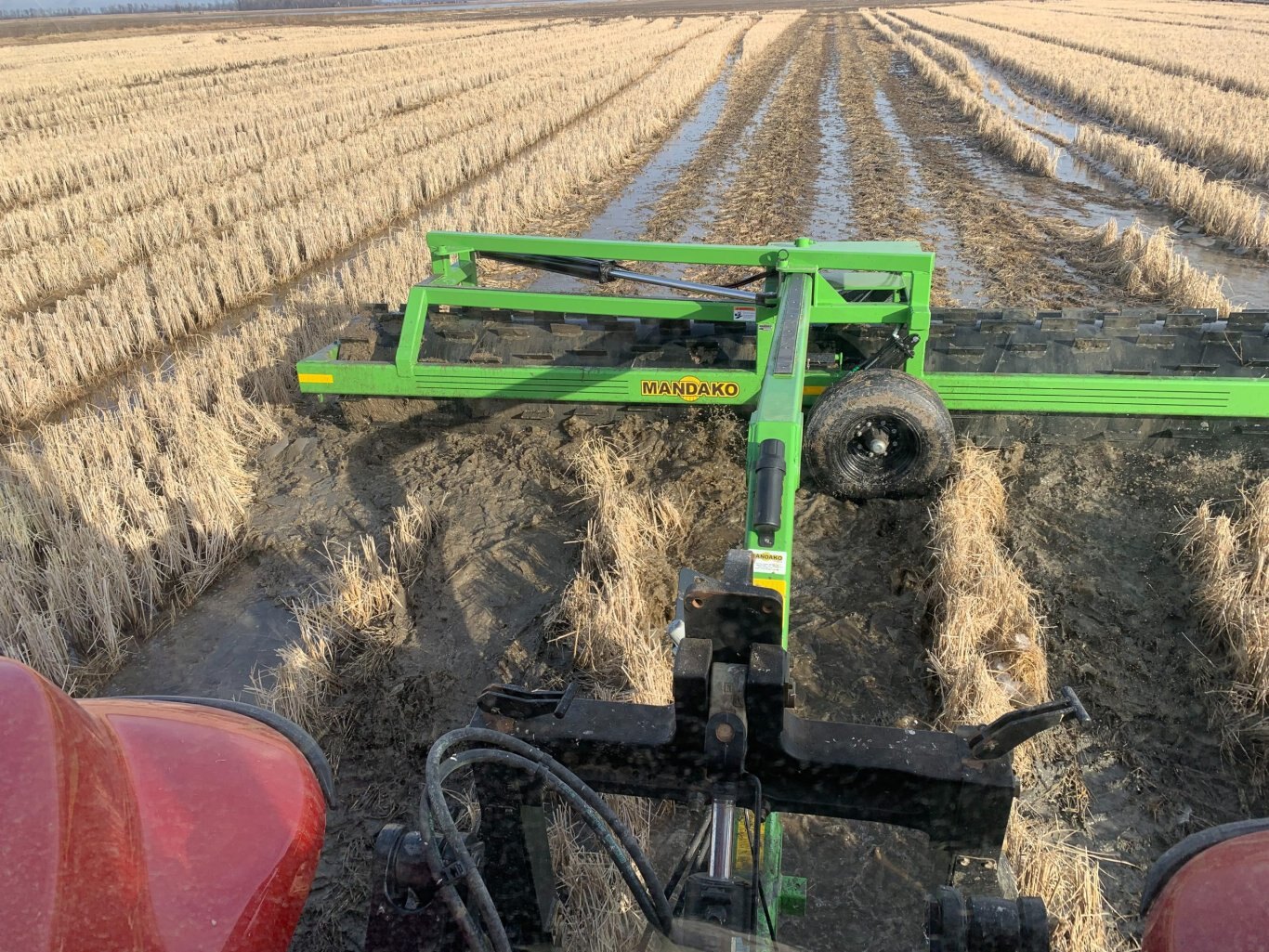
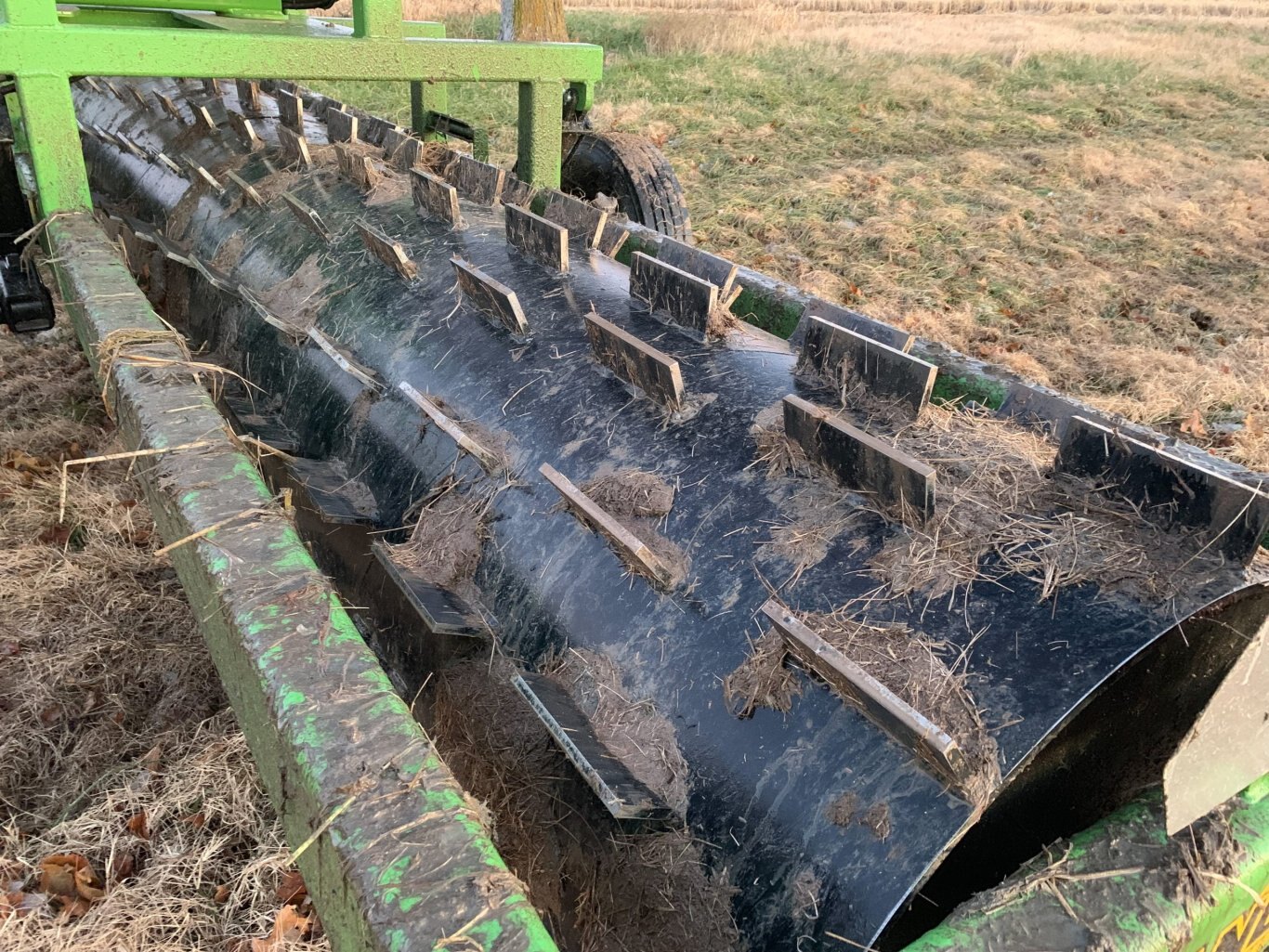
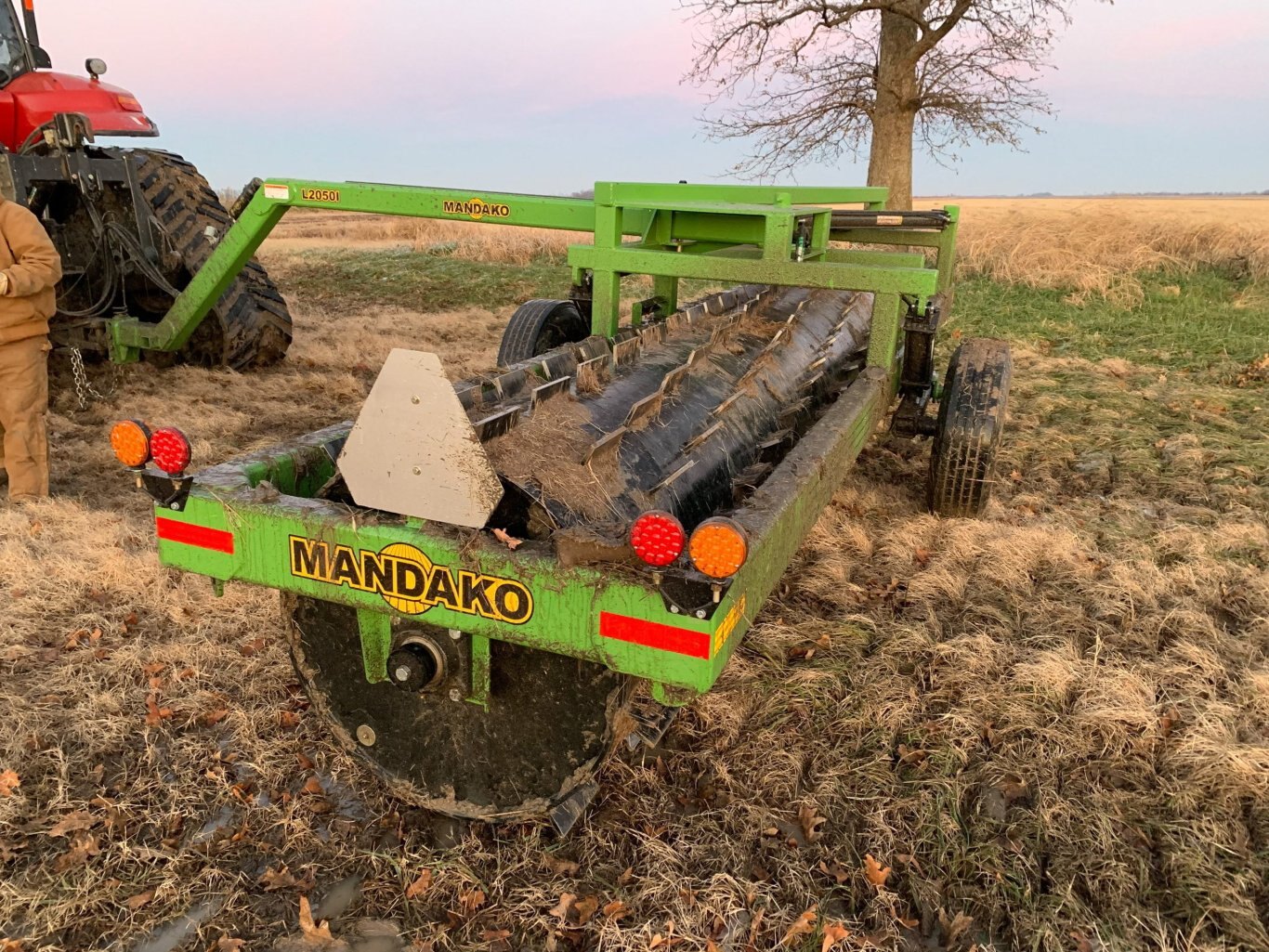
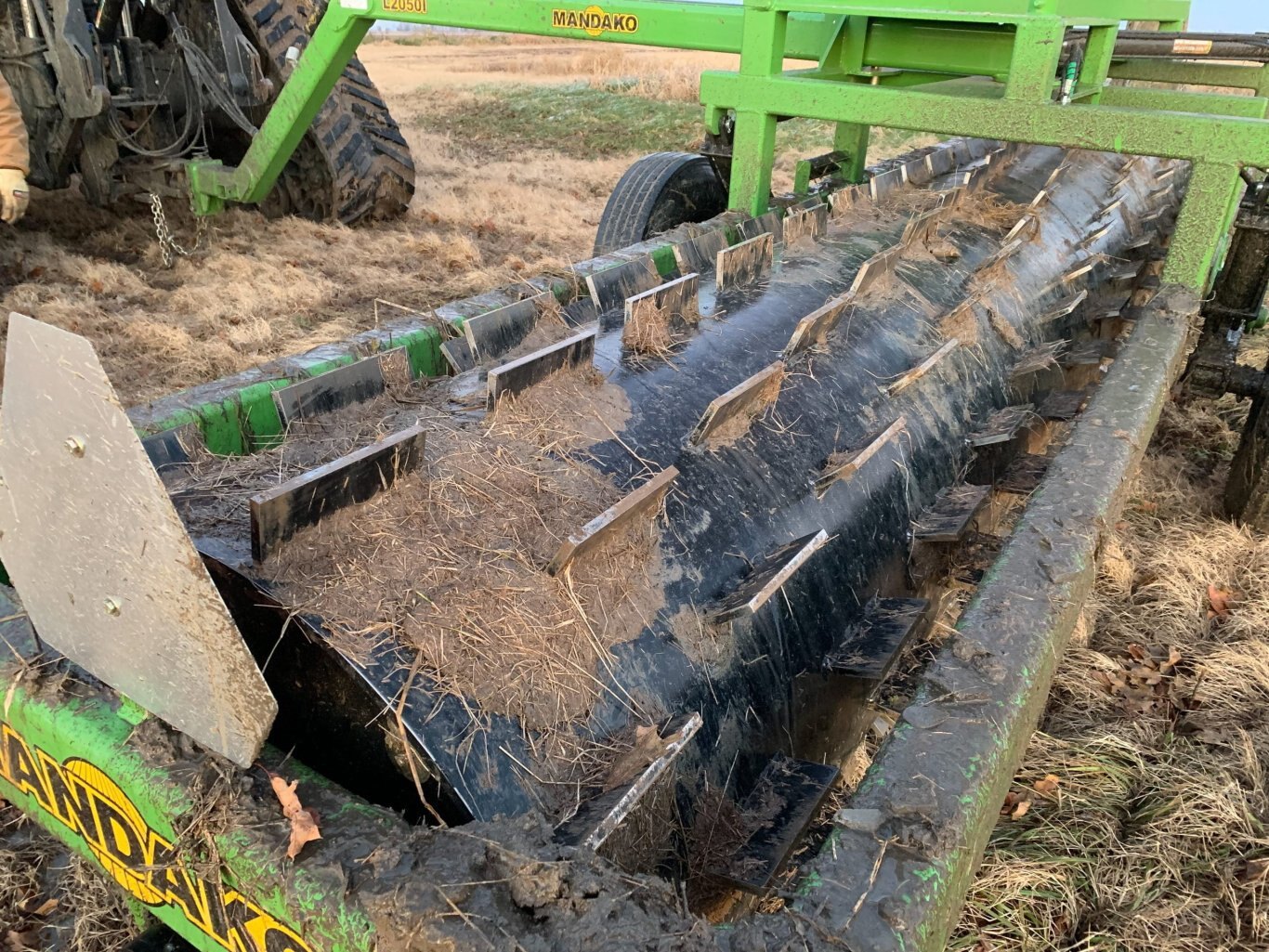
Mandako Rice Stubble Roller
| The Rice Stubble Roller is a groundbreaking piece of equipment specifically engineered for rice farmers seeking an efficient post-harvest solution. Designed to manage rice stubble by breaking it down and incorporating it back into the soil, this roller not only prevents the need for stubble burning but also significantly enhances soil health for future planting. It offers both environmental and economic benefits by reducing machinery wear and improving crop yields. Durable and reliable, the Rice Stubble Roller is an essential tool for sustainable and productive agricultural practices, ensuring long-term success for farmers. |
The Rice Stubble Roller features specs for efficient, durable field prep:
|
Efficient Stubble ManagementThe Rice Stubble Roller is specifically engineered to efficiently manage rice stubble post-harvest. By breaking down and incorporating the stubble back into the soil, it enhances nutrient recycling and microbial activity, preparing the field more effectively for the next planting cycle and reducing the need for chemical inputs. |
Environmental BenefitsProviding a practical solution to stubble burning, the Rice Stubble Roller significantly reduces air pollution and carbon emissions. This environmentally friendly practice supports sustainable agriculture by minimizing the ecological footprint of rice farming, contributing to cleaner air and a healthier planet. |
Ease of TransportationWith a transport width of 7'-7" (Inline), the Rice Stubble Roller is exceptionally convenient to move between fields. Its inline configuration and smart design ensure hassle-free transportation, making it an efficient tool for farmers managing multiple plots. |
Long-Term Farming SuccessUtilizing the Rice Stubble Roller leads to improved soil structure and fertility, resulting in higher crop yields and lower operational costs over time. The efficient stubble management also means less wear and tear on machinery, reducing maintenance and replacement expenses, and securing long-term success for farmers. |
| We understand that you may have important questions about our products and services. Here we've compiled answers to common queries. If you don't find the information you're looking for, feel free to ask us directly, and our dedicated team will be happy to assist you. |
|
1 // What makes the Rice Stubble Roller essential for post-harvest field management? The Rice Stubble Roller is designed to efficiently break down and incorporate rice stubble back into the soil, enhancing soil health by improving nutrient recycling and microbial activity. This not only prepares the field for the next planting cycle more effectively but also reduces the need for chemical inputs, promoting sustainable farming practices. |
| 2 // How does the Rice Stubble Roller benefit the environment? By providing an alternative to stubble burning, the Rice Stubble Roller significantly reduces air pollution and carbon emissions, contributing to cleaner air and a healthier environment. This practice supports the global movement towards sustainable agriculture by minimizing the environmental footprint of rice farming. |
|
3 // How easy is it to transport the Rice Stubble Roller between fields? The Rice Stubble Roller is designed with a narrow transport width of 7'-7" (Inline), making it exceptionally easy to move between fields. Its inline configuration and efficient design ensure minimal hassle during transportation, offering convenience without compromising on the effectiveness of field operations. |
|
4 // What are the long-term benefits of using the Rice Stubble Roller for farmers? Farmers can expect long-term benefits including improved soil structure and fertility, leading to higher crop yields and reduced operational costs over time. The efficient management of stubble also means less wear and tear on farming equipment, further reducing maintenance and replacement expenses. |
|
5 // How does incorporating rice stubble with the Roller affect future crops? Incorporating rice stubble enhances soil organic matter, which improves water retention, soil structure, and aeration. This creates a healthier soil environment for future crops, leading to better root development, increased drought resistance, and ultimately, more resilient and productive crops. |
| Name | Link |
| Highlights Brochure | Download |















